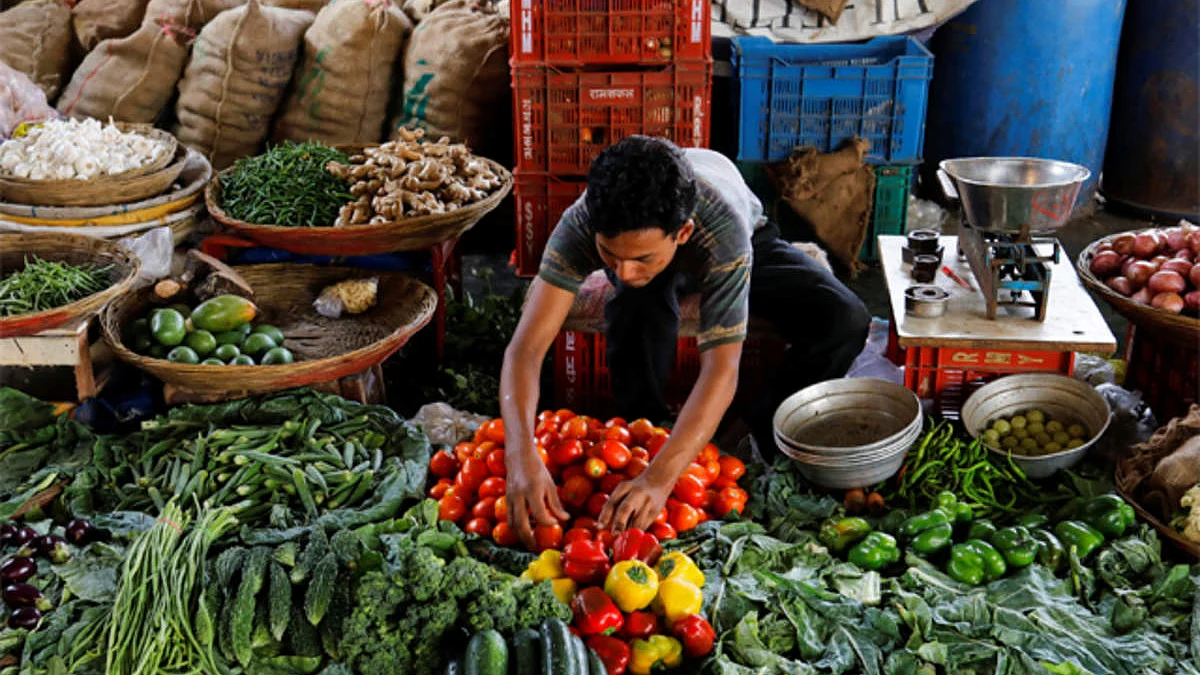Retail inflation hits the roof, why is the government silent?
Retail inflation in India has touched 7.35 per cent in December, 2019, the highest in five-and-a-half years. What India is currently facing is a classic case of stagflation

Retail inflation in India has touched 7.35 per cent in December, 2019, the highest in five-and-a-half years, according to data National Statistical Office. What India is currently facing is a classic case of stagflation. Stagflation means a period of persistently high inflation combined with high unemployment and stagnant demand. To put matters into perspective, retail inflation, measured as consumer price index (CPI), was 5.54 per cent in November and stood at 4.62 per cent in October last year.
This happens to be the third consecutive month when retail inflation has breached the Reserve Bank of India’s medium-term target of 4 per cent. Food inflation surged to 14.12 per cent in December, 2019, as against 10.01 per cent in November, 2019. The surge can be mainly attributed to a massive increase in retail prices of nearly all vegetables. Even typical winter vegetables like carrots and peas are selling for over Rs 60 a kg.
When Demonetisation deflated economic growth by finishing off the unorganised sector, the BJP had cited low retail inflation as a mark of economic stability. Even after a hastily implemented GST regime further derailed the growth engine, this was cited again as a mark of the Narendra Modi government’s control over the economic situation.
Now, that mojo seems to have run its course. This high inflation is very different to that witnessed during the last days of the UPA 2 government. Then, high retail inflation was not accompanied with a decline in core inflation, a measure of the price level of a household’s consumption basket after excluding food and fuel. Over the last one year under Prime Minister Narendra Modi’s governance, India’s core inflation has dipped by two percentage points to reach 3.5 per cent.
This is a worrying sign for the economy and the country. It means people do not have enough money in hand to spend, thereby leading to demand depression. The State Bank of India, in a recent report, has said that it expects India to generate 16 lakh less jobs in the current year as compared to 2019. With unemployment in 2019 at a 45-year high, one shudders to think what the situation will be in 2020. The main problem is slowdown in growth which has now exceeded 18 months. And demand depression can’t be reversed without putting enough money in the hands of the people and only by supply side interventions like offering tax sops to corporates.
At a time when people do not have money in hand, if this high retail food inflation persists, it will have a disastrous effect on the demand of other commodities and services. High inflation may push the Reserve Bank of India (RBI) to change its policy stance too about easing banks’ lending operations. The Monetary Policy Committee (MPC), which is responsible for fixing the benchmark interest rate, in its December meeting had refrained from cutting the benchmark repo rate. One can see why. But is the government awake to the economic mess we are in? There has been no comment on high prices from the Prime Minister or the Union Finance Minister. Such silence does not augur well for the country.
Follow us on: Facebook, Twitter, Google News, Instagram
Join our official telegram channel (@nationalherald) and stay updated with the latest headlines
